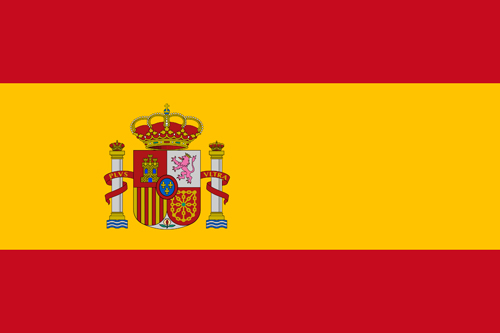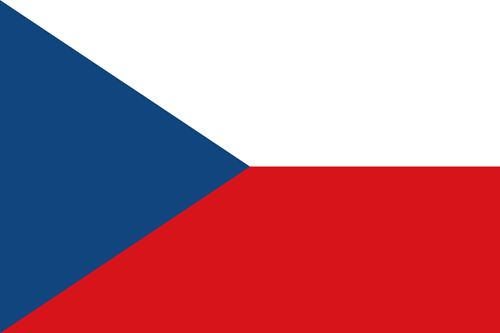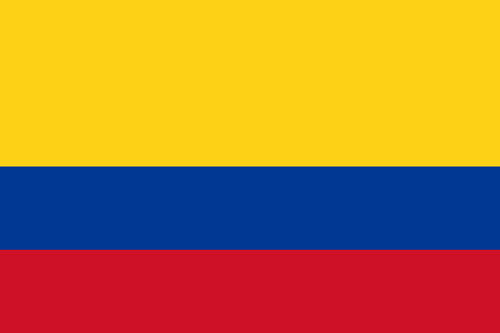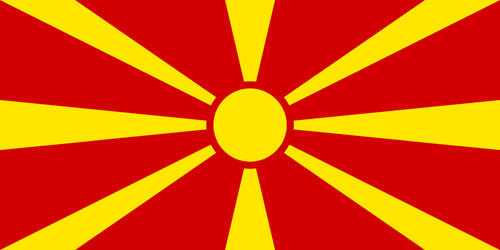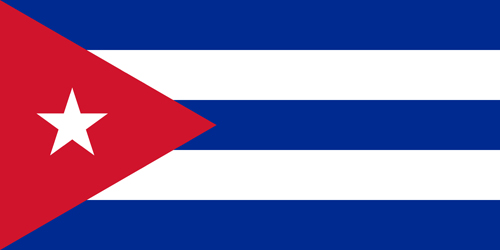History & Archaeology
Cambodia
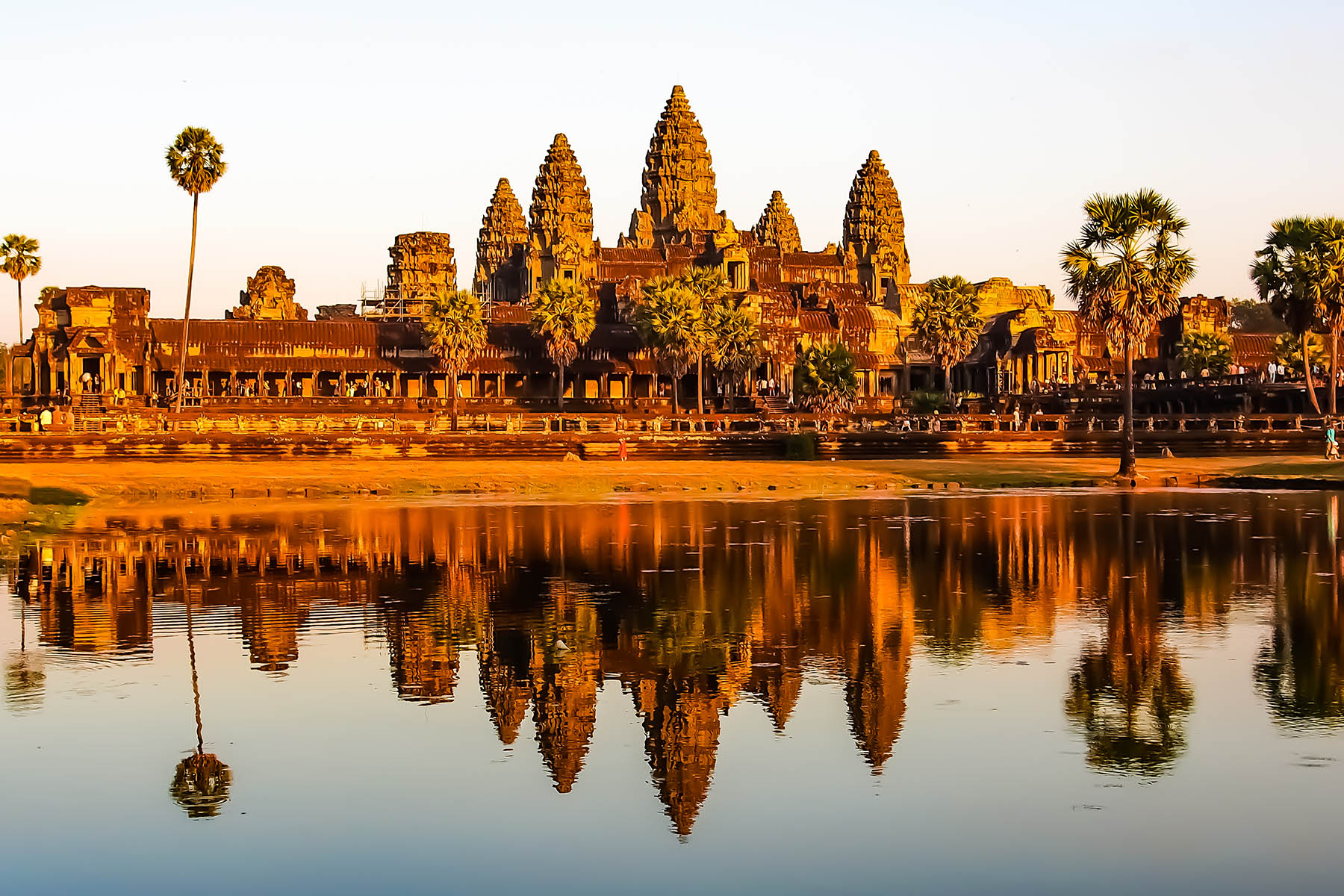
As the largest continuous empire of South-East Asia, the powerful Khmer empire spanned most of modern day Cambodia, Thailand, Laos, southern Vietnam and parts of Southern China. Surviving more than 600 years, from 802 AD to 1431 AD, the Khmer oversaw an extensive building programme with roads, bridges, reservoirs and canals criss-crossing the empire. As a result of long established sea trade routes, India also played an influential part in Khmer art and culture and Hinduism became the prominent religion of the empire, followed by Buddhism, with grand temples dotting the landscape.
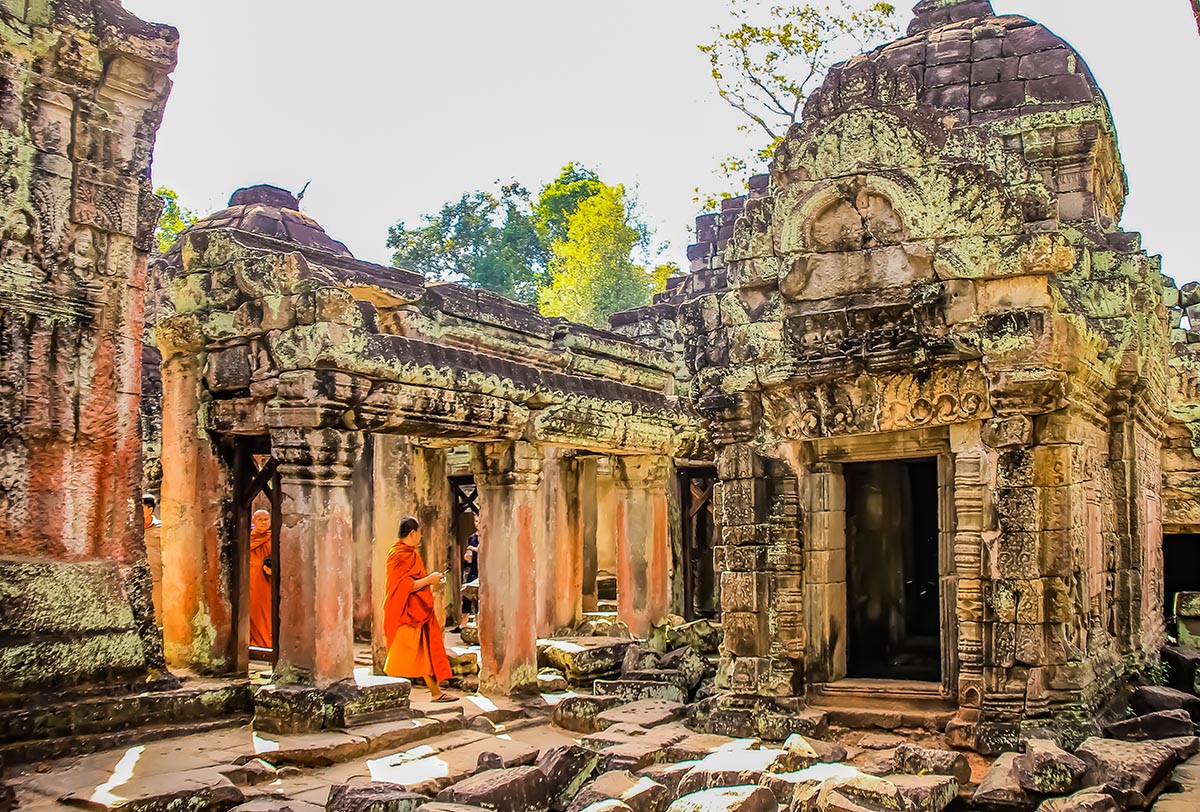
The Khmer’s greatest legacy was Angkor, in present-day Siem Reap, Cambodia. This was the empire’s capital at its peak in the 11th to 13th centuries, with many historians believing Angkor to be the largest city in the world during this time, covering an area of 1000 km2 with a population of around one million people. Some of the Khmer’s greatest achievements lie in the field of architecture and sculpture, with the majestic monuments of Angkor bearing testimony to the empire’s impressive military, economic and cultural dominance.
The most well-known and stunning of these buildings is Angkor Wat, built by Suryavarman II as a temple to the Hindu god Vishnu. It is considered the high point of ancient Khmer art, architecture and civilisation with the design of the complex reflecting principles in Hindu cosmology. Featuring a monumental central tower, with four smaller towers and surrounded by a moat, the complex spans 160 hectares and took some 30 years to construct.
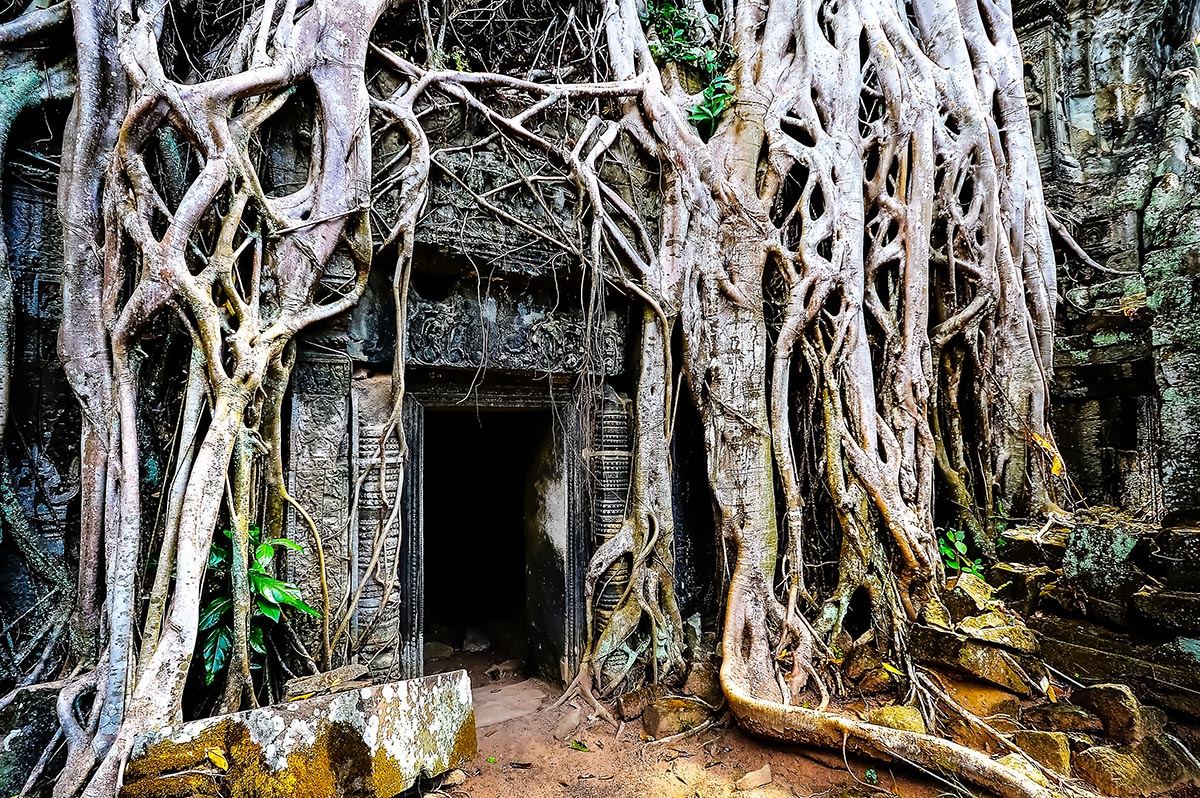
The nearby complex of Angkor Thom is an equally impressive fortified city within Angkor, with the richly decorated Bayon temple standing at its centre. It was constructed by Jayavarman VII, generally regarded by historians as the Khmer empire’s greatest king, and who was behind a large number of new building projects.
Exploring Angkor also provides an insight into Khmer daily life such as their sporting pursuits, which included wrestling, horse racing and cock fighting, their love of music and dancing, and their economy, which was largely agricultural with Khmer women at the helm of their marketplaces.
COUNTRY COUNTER
Fast Facts on countries the CENTUM+ team have explored so far ...

